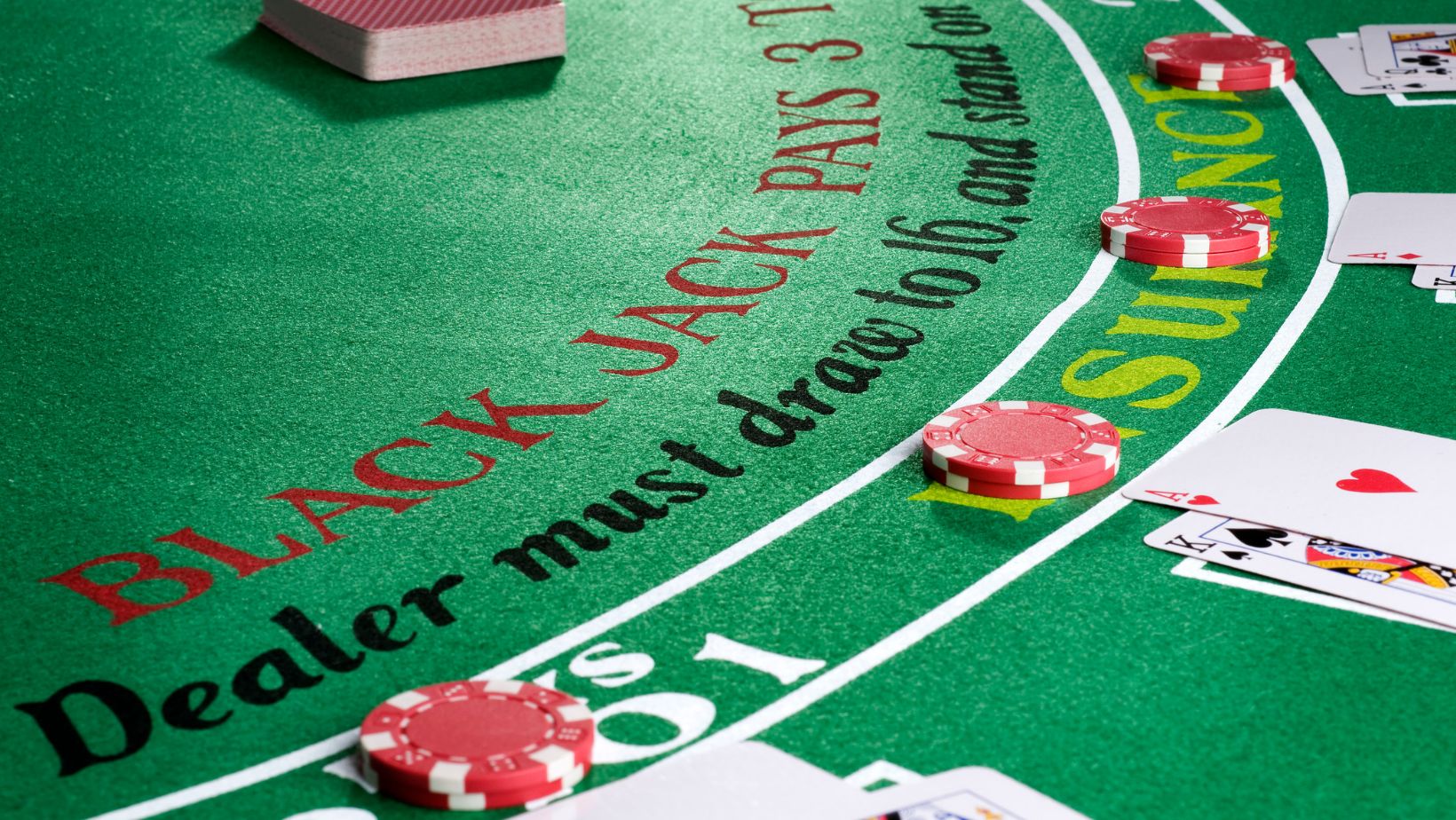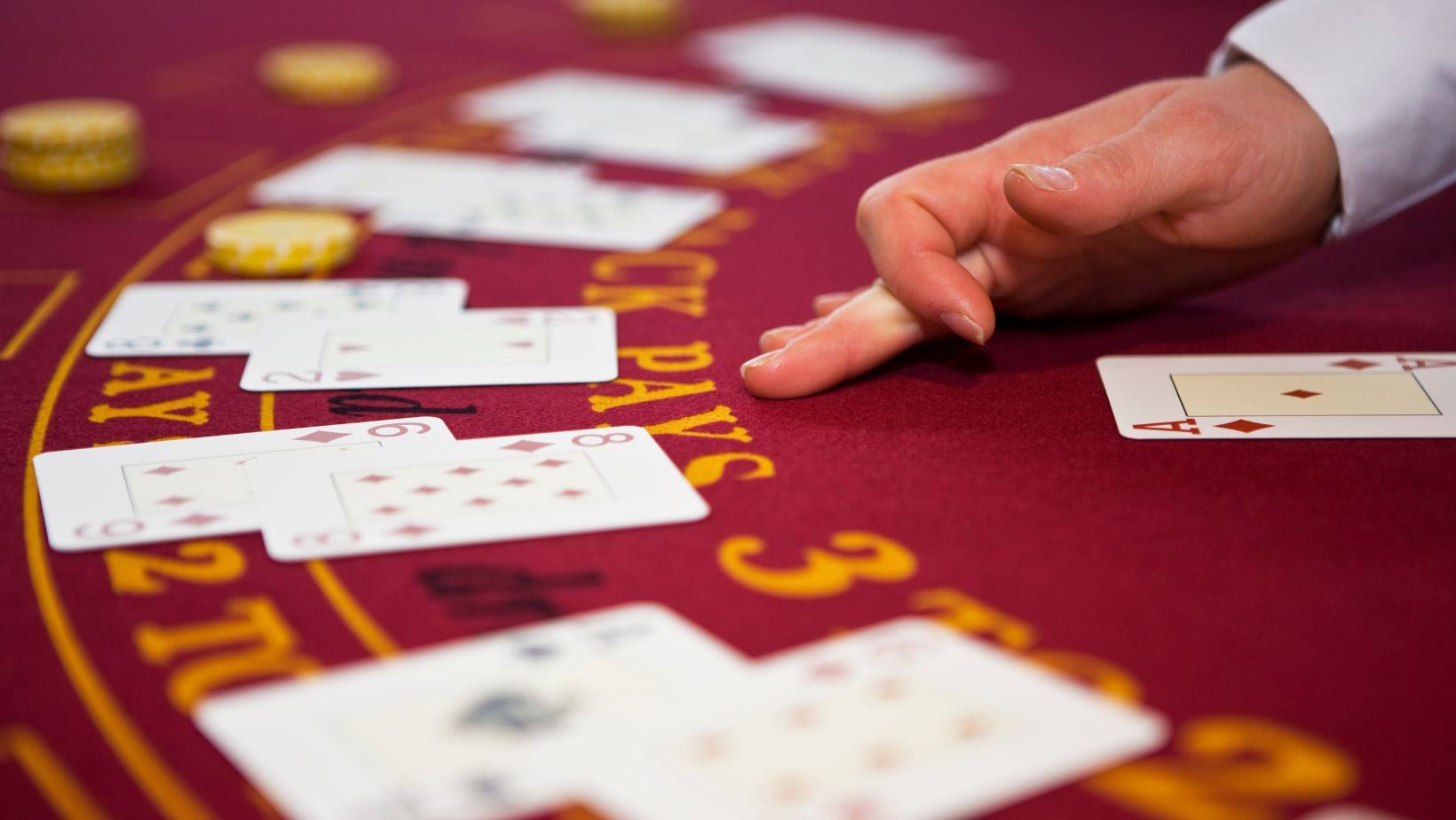 When it comes to blackjack, mastering the basics of card counting can only get you so far. Many players are familiar with the standard “Hi-Lo” card counting method, which helps players keep track of the ratio of high cards (10s and aces) to low cards (2s through 6s).
When it comes to blackjack, mastering the basics of card counting can only get you so far. Many players are familiar with the standard “Hi-Lo” card counting method, which helps players keep track of the ratio of high cards (10s and aces) to low cards (2s through 6s).
This article will explore some advanced card counting techniques, how they differ from basic strategies, and practical tips to refine your skills. While these techniques require a significant level of skill, concentration, and practice, they can increase your odds if used correctly.
Understanding Basic Card Counting
Before diving into advanced techniques, it’s essential to understand basic card counting fundamentals. Basic card counting assigns values to certain cards as they appear on the table, tracking the likelihood of high or low-value cards being dealt next.
The Hi-Lo System Recap
The Hi-Lo system is a popular, entry-level method where you assign a point value to each card:
- +1 for cards 2 through 6 (low cards)
- 0 for cards 7 through 9 (neutral cards)
- -1 for 10s, face cards, and aces (high cards)
By keeping a running count and adjusting your bets as the count increases or decreases, you can shift the odds slightly in your favor.
Advanced Card Counting Techniques
Advanced card counting systems improve upon the Hi-Lo system by refining tracking accuracy and improving betting precision. Below are a few advanced methods used by seasoned players to take advantage of live blackjack Malaysia table.
The Wong Halves System
The Wong Halves system is a more precise counting method developed by Stanford Wong, a well-known blackjack player and author. This method assigns fractional values to different cards to increase accuracy. Here’s how it breaks down:
- +0.5 for 2s and 7s
- +1 for 3s, 4s, and 6s
- +1.5 for 5s
- -0.5 for 9s
- -1 for 10s, face cards, and aces
By using these fractional values, the Wong Halves system allows for a more accurate count.

While it requires more mental arithmetic, this method is known for delivering a reliable edge if practiced extensively.
Pros and Cons of the Wong Halves System
- Pros: Higher accuracy in tracking the deck, a more significant advantage over casinos
- Cons: Mentally challenging, especially for beginners; requires practice to avoid mistakes
The Omega II System
The Omega II system is another advanced technique that assigns specific point values to each card in the deck. Unlike the Hi-Lo system, the Omega II is an unbalanced system, meaning it does not return to zero at the end of a full deck count. The card values in the Omega II system are:
- +1 for 2s, 3s, and 7s
- +2 for 4s, 5s, and 6s
- 0 for 8s and aces
- -1 for 9s
- -2 for 10s and face cards
Pros and Cons of the Omega II System
- Pros: Increased precision, offers a balanced view of the deck’s composition
- Cons: Complex and challenging, requires proficiency in ace side counting
Side Counting: Tracking Aces and Other Key Cards
In some advanced card counting systems, ace-side counting is essential. In blackjack, aces are crucial for achieving “blackjack” hands and are worth more than other high cards. By keeping a separate count for aces, players can better anticipate when they’re likely to appear, allowing them to adjust their bets more accurately.
How to Side Count Aces
To side count aces, maintain a second count dedicated to aces alone. You’ll subtract one from your ace count each time an ace appears, which helps you estimate the probability of aces coming up in future hands.
This technique is especially useful in games where decks are reshuffled frequently. For instance, if you’re counting aces and find that few have appeared, it might signal a time to increase your bets, as more aces are still in the deck.
True Count Conversion
In multi-deck live online casino Malaysia games, players use true count conversion to adjust their running count based on the number of decks remaining. Converting your running count to a true count makes your count more accurate in games with multiple decks.

To find the true count, divide your running count by the number of decks left. For example, if your running count is +8 and you estimate there are two decks remaining, your true count would be +4.
The Importance of Betting Correlation (BC) and Playing Efficiency (PE)
When choosing an advanced counting system, two important metrics can help gauge the system’s effectiveness:
- Betting Correlation (BC): This refers to how accurately a counting system predicts when to raise or lower bets. A higher BC indicates a more effective system.
- Playing Efficiency (PE): This metric measures how well a counting system helps you make accurate decisions on hits, stands, doubles, and splits.
Practice Makes Perfect
Advanced card counting techniques demand intense concentration and consistent practice. Many players find that practicing at home with a single deck of cards helps them internalize these techniques before testing them in live games.
Here are some practical tips for practicing advanced counting methods:
- Use flashcards: Shuffle through cards and practice counting them quickly to sharpen your reaction time.
- Practice in a calm environment: Avoid distractions to help you focus, as casinos are often noisy places that require strong concentration.
- Utilize software and apps: There are apps and online programs that simulate card counting, allowing you to refine your skills under simulated casino conditions.
Conclusion
Mastering advanced card-counting techniques takes time, dedication, and practice. Techniques like the Wong Halves and Omega II systems, along with side counting aces and true count conversion, provide a more nuanced approach to gaining an advantage in blackjack. However, these methods aren’t foolproof; they require skill and experience to execute effectively without drawing attention from casino staff.